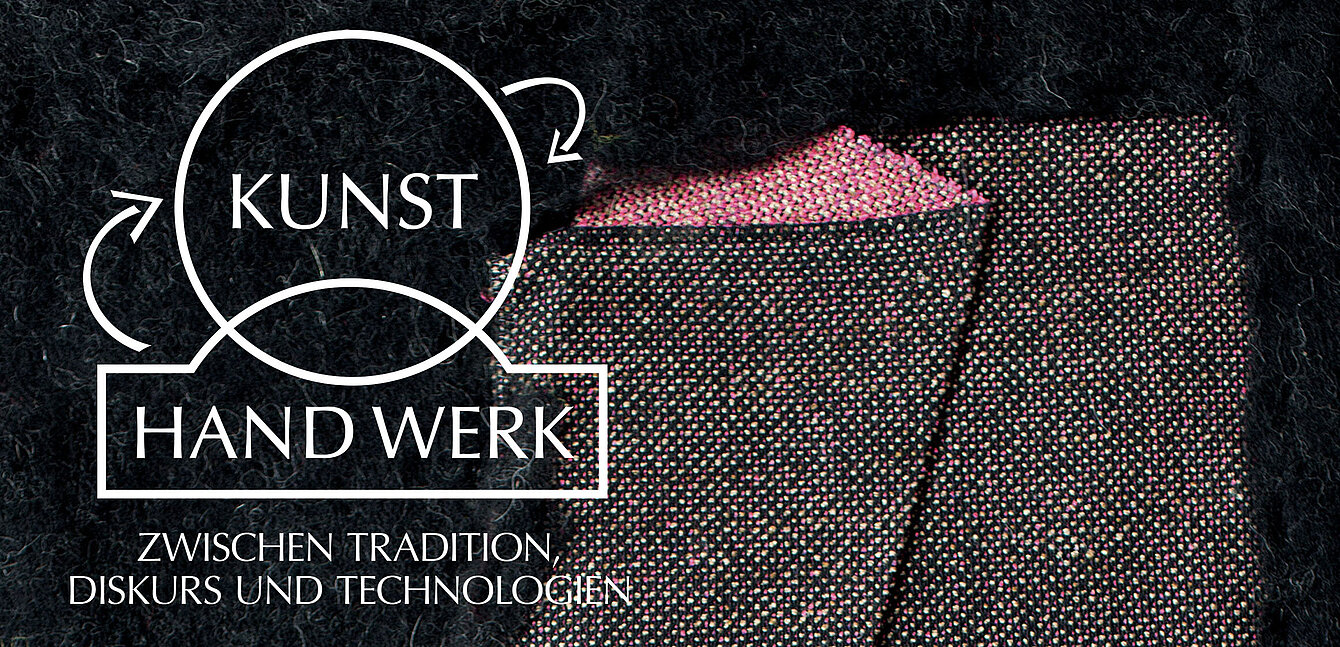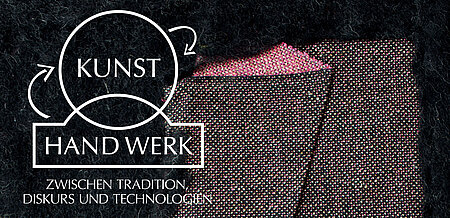Discover the
Universalmuseum Joanneum
Graz
Styria
Closed

More than 85 animal species from all continents live in the Herberstein Animal World.
Universalmuseum
Joanneum
Back to Universalmuseum Joanneum
Kunsthaus Graz > Our programme > Exhibitions > ARTS ⇆ CRAFTS
ARTS ⇆ CRAFTS
Between tradition, discourse and technologies


Image Credits
Duration
15.11.2019 - 16.02.2020
Opening
14.11.2019, 7pm
Location
Kunsthaus Graz
Curators
Barbara Steiner
Co-curators
Alexandra Trost
Show all
About the
Exhibition
In the last few years, interest on the part of contemporary artists in crafting processes, in experimenting with material and techniques has grown noticeably.


















